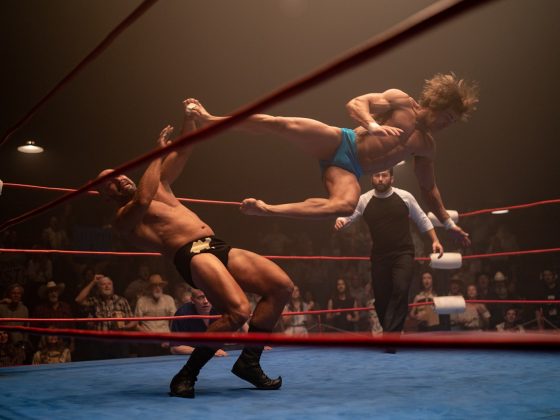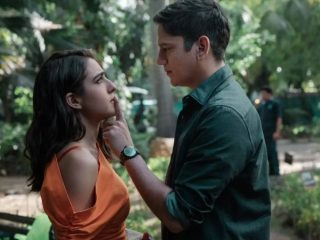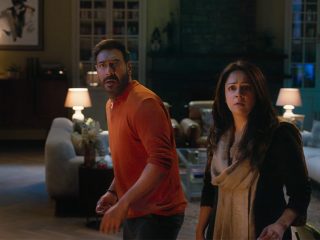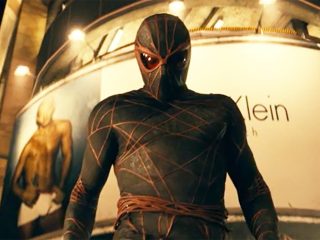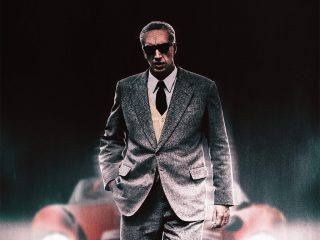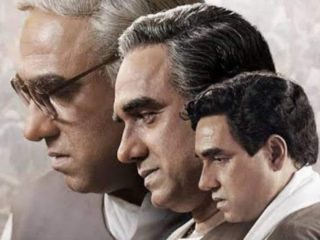Jonathan Glazer’s first feature in a decade feels like the spiritual sequel to his 2019 short film, The Fall, in its depiction of fascism. The story of the commandant of Auschwitz, Rudolf Hoss and his wife Hedwig and striving to build a dream home and a garden next to the Auschwitz camp, what truly stands out is Glazer’s treatment of Martin Amis’ novel. It removes all of the fat and almost all of the meat, and just choose to make a mood piece, ruly builds upon the ‘banality of evil’, as a concept and doubles down on it, sometimes perhaps to its detriment.
Dissonance is the name of the game here, and the aural and visual dissonance (calm visuals of the family happily living while gunshots and screams could be heard in the background) is the marker guiding the film throughout. As a result, there is a distance between the characters and a lack of sentimentality, or rather, any connection. If looked at through a historical lens, capturing the mundanity occurring opposite to genocide is quite an intense feat.
The problem stems from some of the over-flourishes, moments of red frame covering the film while screams are heard, or the movie opening with a long overture and the score already tapping into the seriousness of the movie. The overture doesn’t leave anything to the viewer’s imagination, which might have added more to the unease if it just opened with the picnic spot. And the moments of colored framing distinguishing the scenes feel like a strange surrealist addition in a movie designed to evoke unease due to its Spartan nature.
The hard cut to Auschwitz in the final act is the one time I felt the movie meandering just slightly. The point has been made about the inhumanity of the Nazis, but if the entire notion has been overt about the discussion of gassing – something which the Hoss-es never discussed openly because villainy isn’t moustache-twirling here, it’s foundational – it could have been done without focusing on the Nazi head offices or the partying. We know the luxury the other side lives with; the entire movie hammers home at that point, while the wall opposite houses inhumanities whose ashes are used for the garden in the Hoss’ house. Or that ‘shopping’ entails the clothes found within the belongings of the prisoners.
It’s a nice touch by the movie depicting Hoss looking into his future at the Auschwitz holocaust museum. It almost betrays the buildup that the entire third act had been about, but that also makes The Zone of Interest part of a trio of movies (Killers of the Flower Moon, Los Colonos being the other two) that choose to encapsulate the entire theme of the movie in its final act. Its debatable whether it ultimately works here.
The effectiveness of the movie is still in debate, because it becomes increasingly impossible to distinguish the movie from its unwitting prescience (which hadn’t been the case when the movie actually released in festivals). At a time when the rest of the world could choose to look or not look while genocide is occurring, the banality of that evil is even more striking.


